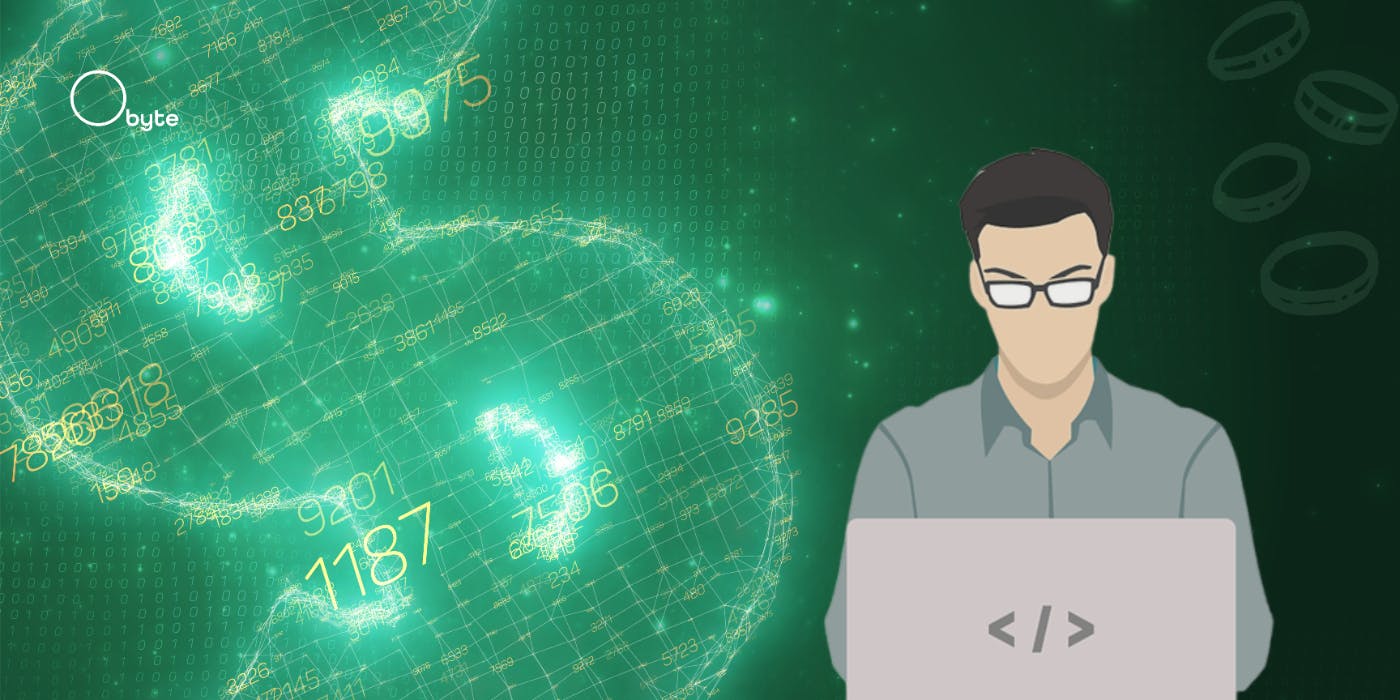In this new series, we’re talking about remarkable cypherpunks who helped to create decentralized money and more privacy and online freedom tools for everyone. Let’s remember that the group named “
Wei Dai is, of course, one of them. Maybe his name is ringing a bell if you ever read the Bitcoin whitepaper. He’s one of the references at the end. We don’t know much about his personal life, because he’s a quite private person —like most cypherpunks, indeed. However, we do know about his career.
Probably born
Dai's notable contributions include the widely-used open-source Crypto++ library, employed in projects like Microsoft Office Groove and LastPass. Dai's VMAC algorithm, designed for 64-bit systems, demonstrated high-performance data verification. He also identified critical vulnerabilities in SSH2's Encryption Block Chaining and was part of the team that discovered the BEAST protocol vulnerability in SSL/TLS, posing a significant risk to Internet security.
Besides, his work on b-money influenced the core concepts implemented in Bitcoin. This is a very similar system, published before the
B-money Proposal
He showed, indeed, two protocols. The first one, described as impractical, establishes a basis for the second, more feasible one. In both, an untraceable network is assumed, where participants are identified solely by digital pseudonyms. The first protocol relies on a synchronous and uninterrupted anonymous broadcast channel, with participants maintaining databases of money ownership tied to pseudonyms. It covers the creation and transfer of money, and enforcement of contracts, including arbitration mechanisms.
The second protocol shifts the accountability of the money mint to a subset of participants called servers, connected through a Usenet-style broadcast channel. Transaction messages remain similar to the first protocol, but participants must verify that messages are received and processed by a randomly selected server subset. To prevent collusion, servers are required to deposit money for potential fines or rewards, periodically publishing and committing to money creation and ownership databases.
B-Money and Bitcoin
These two systems share many similarities. Both of them aim to establish unregulated digital currencies operating in a peer-to-peer (P2P) network without the need for a central authority. The use of Proof of Work (PoW) for the creation of new units of currency is considered as well. In both b-money and Bitcoin, participants can generate new coins by solving computational problems. This PoW process serves the dual purpose of securing the network and preventing abuse.
Additionally, both systems employ cryptographic mechanisms to ensure secure and private transactions. B-money, like Bitcoin, uses digital pseudonyms (public keys) to identify participants, providing a level of anonymity. Transactions are signed and encrypted, contributing to the privacy and security of the overall system.
The concept of a distributed ledger is another shared element. B-money and Bitcoin utilize a decentralized approach to maintain a ledger of transactions. In b-money, participants maintain separate databases, while Bitcoin realizes these databases as a blockchain—a public ledger that records all transactions across a network of computers.
Overall, the conceptual foundations of b-money, particularly the use of PoW, cryptographic techniques, and decentralized ledgers, laid the groundwork for the subsequent development of Bitcoin and other cryptocurrencies. Even the “b” in the name may result in suspicion. But Dai himself
“I didn't create Bitcoin but only described a similar idea more than a decade ago. And my understanding is that the creator of Bitcoin, who goes by the name Satoshi Nakamoto, didn't even read my article before reinventing the idea himself. He learned about it afterward and credited me in his paper. So my connection with the project is quite limited.”
Not that decentralized
B-money was only one of the important steps to what we have today, and to the real decentralization we’re still aiming to achieve in crypto. It wasn’t really decentralized, as you may have noticed: the “servers” (middlemen) were in control of the money. Something similar happens with Bitcoin, indeed.
Miners, in charge of minting new coins, can cherry-pick or even censor transactions. If more than half of the big miners collude, they could take over the whole network. And they’re not even a lot of parties,
Bitcoin Hashrate by Mining Pool as of 13/01/2024. Source: CoinDance
Obyte, on the other hand, has solved this issue by completely eliminating the mining system. Instead, its Directed Acyclic Graph (DAG) structure is fully censorship-resistant. There are no powerful parties behind, and only
Interestingly, as Wei Dai described enforcement of contracts and arbitration mechanisms, we also have contracts with arbitration as well as an arbiters store (
Operating on the decentralized
We’re in debt to our predecessors. Distinguished cypherpunks like Wei Dai and Satoshi Nakamoto laid the groundwork for the building of
Featured Vector Image by Garry Killian /
